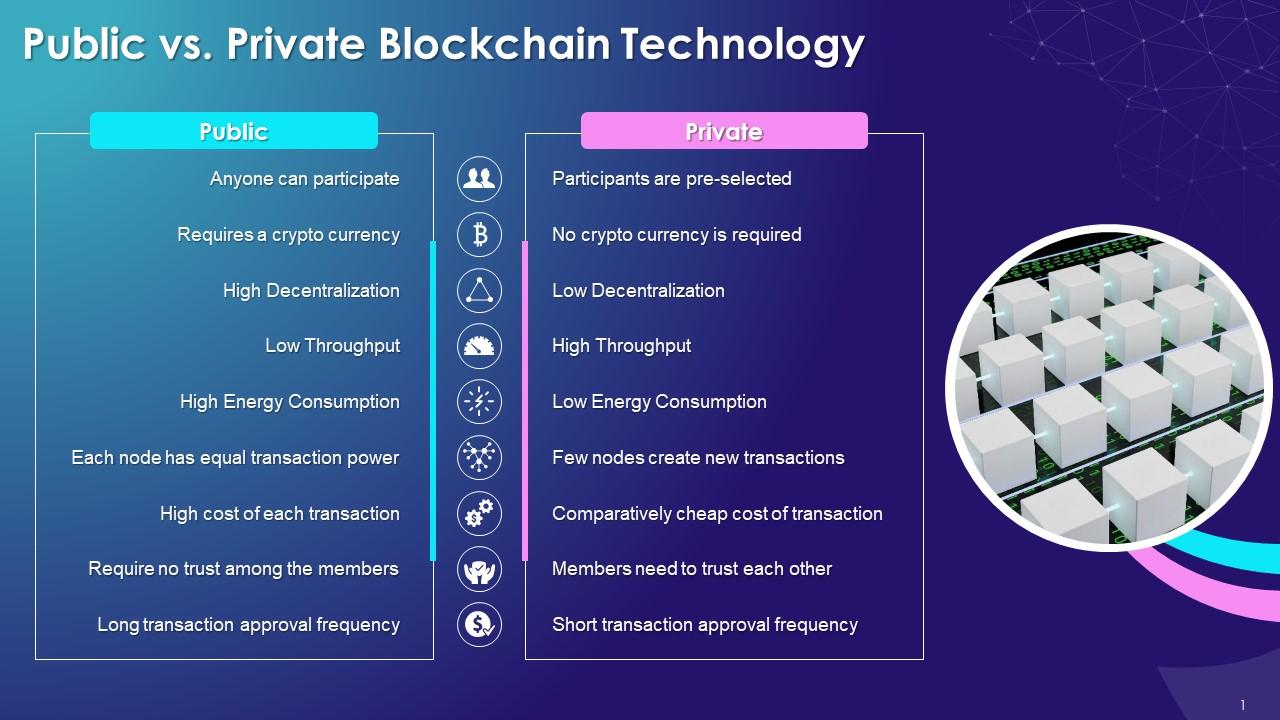Finding good people for a software job can feel like a giant puzzle. The goal is to align specific tasks with corresponding skill sets. This challenge is bigger when you need to make a great digital product that meets needs and deadlines. Enter the dedicated software team, a group that works only on your job.
A dedicated software team works on one job or set of tasks. They do not work on many jobs like an in-house team. Companies use dedicated teams when they need focused experts to make, keep up, and improve software without having to grow an in-house team. This outsourced way is nimble and can adapt to changing needs for projects.
If a dedicated software team still seems unclear, do not worry. In this article, we will examine the concept of a dedicated team and evaluate when employing such a team could be advantageous or disadvantageous for your specific requirements.
What is the Dedicated Team Model?
The dedicated team model has experts in making, designing, and keeping up software. They work only on your job. Unlike typical software companies that work on many jobs at once, a dedicated team uses all their resources and attention on a single job.
Many companies, mainly without in-house coders, find this idea very good. By working with a software company with special teams, businesses get smart people for their software plans without paying full-time salaries. This deal helps cut costs and makes sure the team easily changes as the plan needs to change.
Compared to old methods where coders split focus among tasks each week, a special team works only on one plan. This covers all parts of the plan – from front to back and design – ensuring a complete, focused, and joined process. This constant focus makes a special software team great, providing a big help for businesses needing long and hard work to reach goals.
Finally, the special dedicated project team structure speeds up software plans, letting businesses reach digital goals faster and better than with old, multi-task teams.
Dedicated Development Team Vs Fixed Price Model
When you start a new software project, choosing the right work way is very important for success. Two common ways are the dedicated development team and the fixed price. Each way has its own good and bad points, making them good for different types of projects and business needs.

Dedicated Development Team Model
In the dedicated team model, a group of experts works only on your project. This team usually has software coders, designers, and testers focused on your project. The main good thing about this model is that it is flexible; the team can quickly change if the project needs to change or if deadlines or priorities change.
- Flexibility and Scalability: The dedicated team model lets you change the number of workers, adding or removing people as needed, without the hassle of hiring or firing in your own company.
- Continuous Collaboration: Since the team only works on your project, it allows for ongoing communication and close teamwork, often leading to better new ideas and custom software.
- Cost Efficiency Over Time: While dedicated teams cost more at first, they can save money over time on long projects due to working efficiently and reducing risks if the project needs to change.
Fixed Price Model
The fixed price model is straightforward. The service provider and the client agree on a price for the project before starting. This model works excellent for projects with clear goals that are unlikely to change.
- Budget is Certain: The fixed price model gives you the total cost upfront, which is suitable for companies with strict budgets.
- Lower Risk at First: Clients may see this as a lower risk since they know the full cost ahead of time and don’t need to spend more than agreed.
- Simple Management: With fewer negotiations during the project, managing it can be simpler than the dedicated resource model.
Choosing Between the Two
Deciding between a dedicated team or fixed price depends on your project:
- Project Difficulty and Duration: For complex, long-term projects that might change, a dedicated team adapts better. But short projects with clear requirements may benefit from a fixed price’s predictability.
- Risk and Responsibility: If you want to share project risks with your provider, choose a dedicated team. The fixed price puts the most risk on the provider since they must deliver within that budget.
- Need for Expertise and Innovation: Many tasks need people with special skills or new ideas. A dedicated team might be better to work on these challenging tasks.
The choice should fit your task’s needs, your company’s risk level, and how much you want to work with your team. Each way has good things, and the right choice can help your software task go well.
You might also like
business-intelligence
Public and Private Blockchains Compared with Examples
Blockchain tech, at first made for currencies like Bitcoin, now goes far beyond money uses. At its core, blockchain is a spread-out digital book that records deals across many computers. This ensures each note is safe and can’t be changed, as no one person controls the whole chain. In today’s digital world, where security and […]

Dedicated Team Vs Time & Material Model
When you start a software project, you must choose the correct pricing and management method. This will make sure your project matches your business goals, budget, and timeline. Two common methods are the Dedicated Team model and the Time & Material (T&M) model. Both have special features and can work well for different project needs.

Dedicated Team Model
The Dedicated Team model gives a business a team of professionals who only work on its project. This model is very good for long-term projects that may change a lot.
Advantages of the Dedicated Team Model:
- Full Focus: The team works just on your project, giving you all their attention without distractions from other clients or projects.
- Flexibility: As your project changes, the team can quickly adapt, like growing or shrinking the project, changing priorities, or going in a new direction.
- Deep Understanding: This model lets the team really understand your business and project goals, which can lead to better solutions that match your strategic plans.
- Cost Clarity: While this model may seem expensive at first, you know exactly what you’re paying for. You usually pay for the team’s time and resources monthly, including salaries, overhead, and the vendor’s fee.
Disadvantages:
- High First Cost: You pay more at first because the whole team works only for you.
- Hard to Control Hourly Cost: Fixed fees mean you pay the same no matter work hours unless you change team size.
Time & Material Model
The Time & Material model is a flexible way to work on projects. With this model, you pay for the actual time spent by the team and the materials they use. This model works well for projects where the scope is unclear from the start or is expected to change.
Advantages of the Time & Material Model:
- Pay for What You Use: You only pay for the hours worked and resources used. This can save money if the project needs fewer resources than planned.
- Scalability: It’s easy to change the amount of work and resources without changing the contract terms. Just increase or decrease the hours as needed.
- High Transparency: The billing is based on detailed time and material logs, so you can see how resources are being used.
Disadvantages:
- Budget Variability: The total project cost can change, making budget planning harder.
- Project Management Overhead: This model may need more oversight and management to track expenses and progress, keeping the project on track and within budget.
Choosing Between the Two
Deciding between a Dedicated Team or Time & Material Model depends on your project:
- For long, complex projects that need close collaboration, the Dedicated Team model is often better. For projects with variable scopes or unknown requirements, the Time & Material model offers needed flexibility.
- It is very important to see how much money you will spend. If you want to know how much the job will cost before it starts, the Dedicated Team model is good. But if you want to pay for only the work done, the Time & Material model might work better.
- Control is key for some projects. With the Time & Material plan, you decide what work gets done each day. If you trust your team to handle things on their own, the Dedicated Team option is a simple choice.
The best choice depends on your needs. Do you want to oversee every detail or let experts take charge? Will the project stay the same or change over time? Think about these things when picking a Dedicated Team or Time & Material model. The right fit makes the job go smoothly.
3 Signs That You Should Hire a Dedicated Development Team
When starting a new project, it is crucial to pick the right staff. A dedicated team that only works on your project might be a good idea sometimes. Here are three signs that hiring a dedicated development team is the right move:
Your Project Requires Long-Term Commitment
If your project will take many months or years, a dedicated team is often best. Long projects need a team that understands your goals very well. A dedicated team acts like part of your company. They know your business needs well. This continuity keeps the project moving in the right direction over time.
You Need High Flexibility and Scalability
Some projects change a lot. The requirements, scope, and goals might evolve. A dedicated team can adapt quickly to new challenges without needing new contracts. This flexibility is key for projects in fast-changing industries. It also helps startups fine-tune their product based on market feedback. A dedicated team can quickly grow or shrink as needed.
Complex, Custom Solutions Are Required
If your work has complex software parts that need new ideas and special skills, a team that works only on your work can give the needed help. Teams that work on many projects at one time cannot give all their time to research and use new technologies or solutions made just for your work. This focus is very important when making new products or services that must meet certain rules that normal solutions cannot do.
3 Signs That You Should NOT Use Dedicated Team Model
The dedicated team approach has many upsides. But it doesn’t always fit. Here are three cases where using a dedicated team might not be the best choice:
Your Project Has a Limited Budget
Dedicated teams often cost more. They have specialized skills. And the team only works on your project. If your budget is tight, this added cost could cause issues. For limited budgets, a fixed-price contract might work better. With fixed-price, costs are set upfront and won’t change unexpectedly.
Your Project Scope and Requirements Are Well-Defined and Unlikely to Change
One key benefit of dedicated teams is flexibility. The team can adapt as needs evolve. But some projects have a clear scope defined from the start. If your requirements won’t change much, a dedicated team’s flexibility provides little value. A fixed-price or capped Time & Material model could be more cost-effective.
The Project Duration is Short
Dedicated teams make the most sense for longer projects. If your timeline is very short, forming and disbanding a dedicated team may not be worthwhile. Other models, like staff augmentation, could better serve short engagements while providing needed flexibility.
How Much Does Hiring Dedicated Development Team Cost?
The cost of hiring a dedicated software team is not fixed. Many factors influence the overall price. The team’s location plays a big role. Teams in Western countries charge $50 to $200 per hour per dedicated team member. But teams in regions like Eastern Europe or Southeast Asia cost $25 to $75 per hour. Rates also depend on the team’s experience and expertise. The project’s length and complexity matter too. Beyond salaries, other costs include administration, infrastructure, and training expenses as needed.
Dedicated software teams typically bill on a monthly basis. Clients pay a fixed retainer fee each month, covering all the team’s work for that period. This ensures the team stays available throughout the project. While upfront costs are higher, this model can save money long-term for evolving projects. Having a dedicated, focused team allows for deep customization and scalability. This accelerates development timelines and improves product quality. For complex software projects requiring frequent changes, investing in a dedicated team provides good value despite higher initial costs.
Why Pragmatic DLT is a Good Choice while Hiring Dedicated Development Team?
Finding the right partner is key to any complex software project’s success. Pragmatic DLT stands out as an excellent choice for several good reasons, mainly for projects using blockchain and other cutting-edge tech. Here’s why we’re a great pick:
- Blockchain Tech Experts: We’re not just a software company – we focus on blockchain, which needs deep know-how due to its complexity and fast changes. Our experienced pros stay up-to-date on the latest, ensuring your project uses modern solutions.
- Proven Track Record: A partner’s reliability often shows in past successes. Our strong portfolio showcases our ability to handle tough challenges and deliver quality work consistently. Many satisfied clients prove we execute projects well.
- Close Collaboration: We prioritize working closely with clients so the dedicated team feels like an extension of your own staff. This integration ensures project continuity, aligned goals, and cohesive development results.
- Flexibility and Scalability: Flexibility and scalability are critical advantages of working with Pragmatic DLT. We can easily adjust team size as needed, which helps for projects where requirements change over time. This flexibility is valuable.
- Commitment to Transparency and Communication: Effective communication is crucial for success, especially for complex software projects. We prioritize open communication, regular updates, and transparency. This ensures everyone stays aligned throughout the project lifecycle.
- Competitive Pricing Model: Our pricing is competitive, and balances cost with value, particularly benefitting long-term projects. Investing in quality can significantly impact overall project success and sustainability.
- Focus on Client Satisfaction: We don’t just deliver technical solutions but ensure they effectively address the client’s specific challenges and goals. Our aim is high client satisfaction.
Pragmatic DLT combines technical expertise, collaborative approach, and flexible, client-focused service. These qualities make us an excellent choice for businesses seeking a dedicated development team, especially for blockchain technology projects. Our comprehensive approach ensures we deliver solutions aligned with client’s business goals, driving overall project success.
Conclusion
Picking the right way to work with developers is vital for any project’s success. The dedicated team model stands out with its many benefits. It offers excellent freedom, the ability to grow, and deep teamwork – making it ideal for projects with changing needs over time. Dedicated teams can quickly adapt and expand as the project requires. This keeps your development process flexible and strong, ready for unexpected changes without losing quality or momentum.
Still, it would help if you carefully weighed the team pros and team cons against the costs. Understand how this model fits your budget and business goals. Analyze if dedicated teams match your project’s unique needs and finances. Make an informed choice to maximize efficiency. Ensure your investment yields the best returns in line with your strategic goals.





